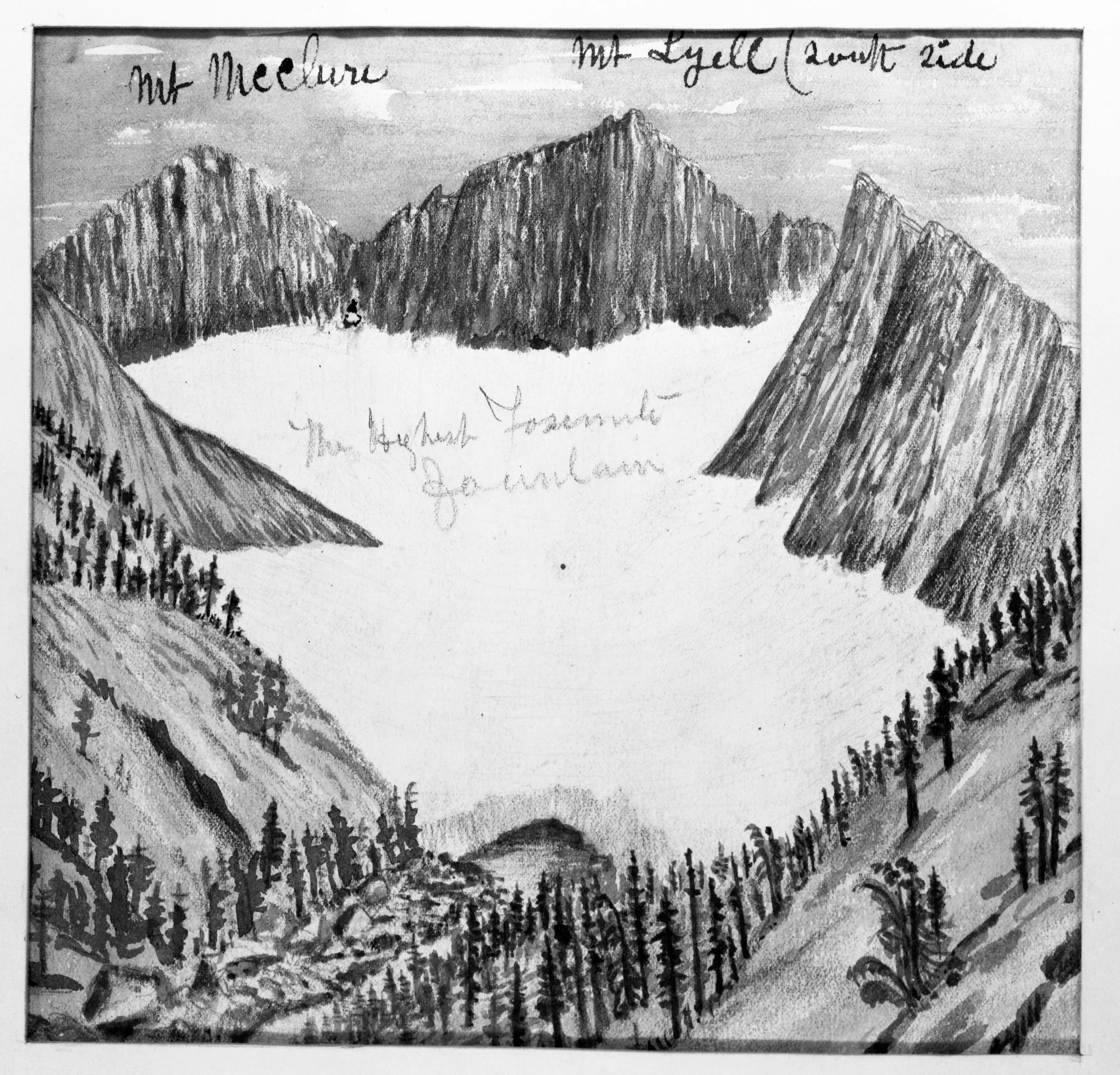Nature's Architect: John Muir and the Glaciers of Yosemite
Nestled deep in the heart of the Sierra Nevada mountains, Yosemite Valley stands as a testament to the relentless yet artful force of nature. While today we accept glaciers as the origins of this great valley, this understanding stems from the pioneering observations of one man – John Muir.
In the late 19th century, Yosemite Valley’s towering granite cliffs and majestic waterfalls posed a geological puzzle. The prevailing theory, championed by the state geologist Josiah Whitney, proposed a cataclysmic event – a massive earthquake – had led to the formation of the valley. Muir, however, saw signs of a different architect at work: glaciers.
Early Inspirations: Muir's Formative Years
When Muir first arrived in California, he worked odd jobs to support his love of wild nature. First, as a shepherd and later a sawyer, he spent all his free time in the wilderness collecting plants, taking notes, and sketching his observations in his journal. Years earlier, Muir discovered his passion for botany in the classrooms of the University of Wisconsin. Under the tutelage of Dr. Ezra Carr, Muir’s strictly religious view of the world shattered and was replaced by the interconnected and logical world of science. Here, Muir also encountered the burgeoning concept of ice ages, a new geological theory championed by Louis Agassiz. “The glacier was God’s great snow plow,” said Agassiz, and he proposed that vast sheets of ice, not cataclysmic events, had shaped much of the North American landscape.
Ultimately, Muir never completed his studies at the University of Wisconsin as the specter of the Civil War crept closer to Madison. Instead, he chose to join his brother in the wilds of Canada, or as he said, “only leaving one University for another, the Wisconsin University for the University of the Wilderness.” But these early lessons planted seeds in Muir's mind, seeds that would flourish in the granite-laden valleys of the Sierra Nevada mountains.
Muir in 1872, a few years after arriving in Yosemite Valley.
In the Footsteps of Ancient Ice
When he arrived in Yosemite, Muir approached the valley with fresh eyes and an open mind. The idea of the valley floor dropping out never set right with him. Instead, he spent countless days wandering the backcountry, piecing together Agassiz's ice age ideas with the story he saw written in the rocks and valleys before him. He meticulously traced the ancient flows of glaciers, their paths evident in physical traces like the polished domes, U-shaped valleys, and scattered boulders dropped by retreating glaciers on flat rock.
Muir rightfully concluded that Yosemite had been carved not by a sudden collapse but by the slow, powerful grind of immense amounts of ice.
Glaciers are essentially rivers of ice, forming over time as snow accumulates over many winters and then compresses into dense ice. These moving masses of ice sculpt the landscape by scraping soil and rock and transporting this material downstream. When they retreat, they leave behind a range of unique features, including moraines (piled accumulations of debris), polished rock or glacial pavement, and strings of kettle lakes.
By venturing into the highest reaches of the Sierra, Muir discovered glacial remnants still alive in the shadows of the highest peaks. Assumed by others to be snowfields, Muir hammered wooden pegs in a straight line across the glacier beneath Mt. McClure and measured their movement over time. At the pack's center, the ice descended almost 1” per day while the edges barely moved. The ice was flowing.
These ancient glacial remanents provided the starting point of the ancient glaciers that descended from the high Sierra and ultimately joining together in Yosemite to carve the valley’s iconic features.
Muir’s sketch of one of the glaciers he discovered, tucked into the northern face of Mt. McClure.
Rather than confining his studies to academic speculation and limited fieldwork, Muir immersed himself in the landscape, living and breathing the wilderness around him.
Muir’s dedication to hands-on field exploration, coupled with his keen observational skills, allowed him to see what others had missed.
Conclusion: Echoes of Muir's Legacy in Yosemite
While dismissed outright at first, Muir's theories gained traction in the years that followed. His conservation writing, infused with poetic reverence for nature, brought Yosemite's glacial history to the public eye. Today, Yosemite's glacial past is widely accepted, and modern geology has mostly validated and expanded Muir’s early observations.
John Muir once said, "When we try to pick out anything by itself, we find it hitched to everything else in the Universe." In his journey to understand Yosemite's origins, Muir walked this clear path, revealing the network of ancient, powerful forces that shaped not only the valley but also our understanding of the Earth's past. His story is a testament to the power of observation, exploration, and an enduring love for the natural world.

